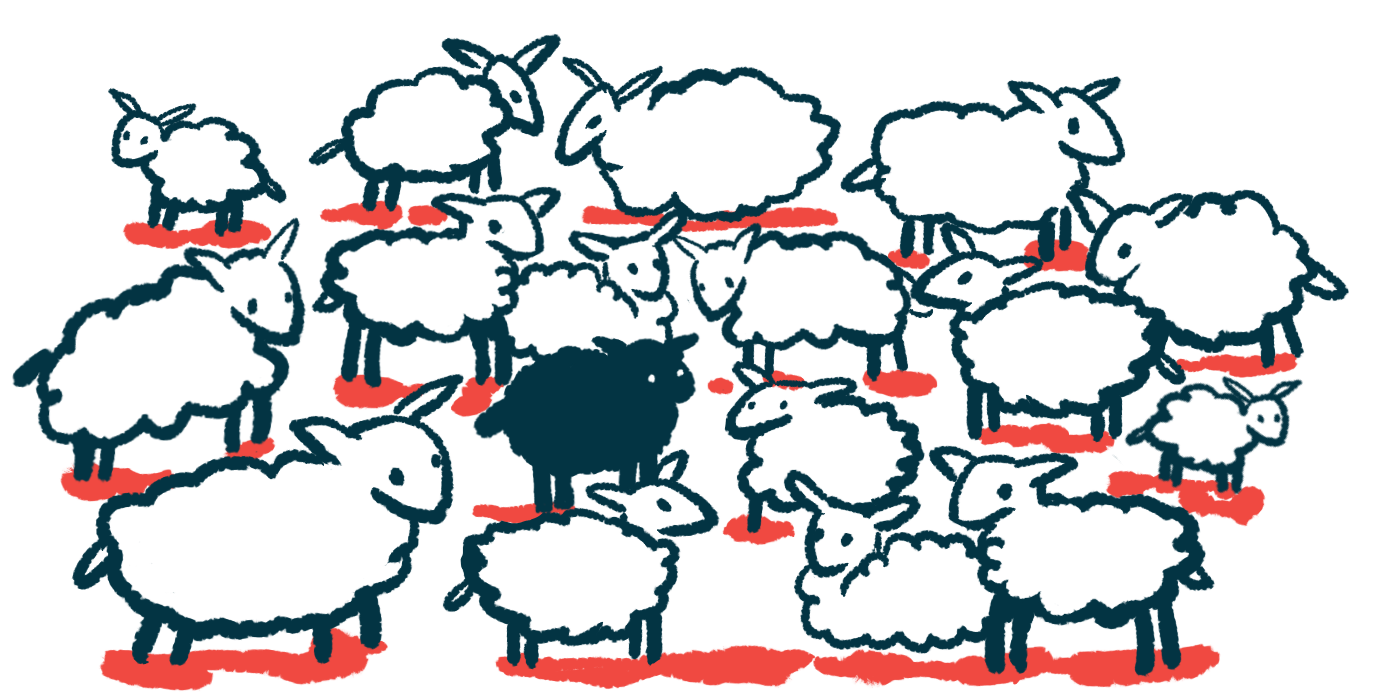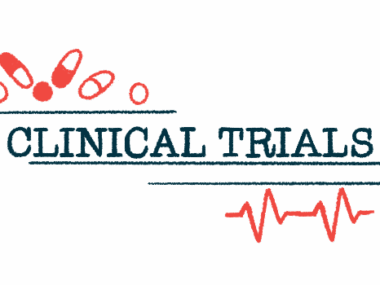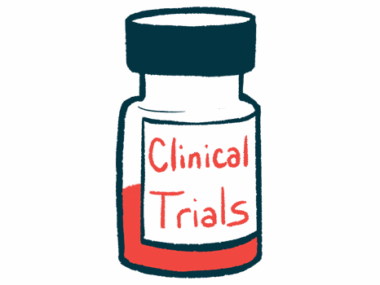Phase 2 trial planned for ETD001 in promoting airway mucus clearance
Investigative treatment for all with CF showing safety, efficacy in early studies
Written by |

Low doses of ETD001, an inhaled medication being develop by Enterprise Therapeutics to treat cystic fibrosis (CF), acted for longer than expected and helped to clear mucus from the airways of sheep in a study.
Equivalent doses also were well tolerated in an earlier Phase 1 clinical trial (NCT04926701) involving healthy adults, prompting plans to soon move ETD001 into Phase 2 testing, possibly beginning this summer, in CF patients.
“Along with the results from the Phase 1 trials where ETD001 was well-tolerated, this study supports our high level of confidence going into the Phase 2 clinical trial,” Henry Danahay, PhD, head of biology at Enterprise, said in a company press release.
The study, “ETD001: A novel inhaled ENaC blocker with an extended duration of action in vivo,” was published in the Journal of Cystic Fibrosis by Danahay and a team of company researchers working in collaboration with scientists at institutes in the U.S. and U.K.
Planned Phase 2 trial aims for patients ineligible for CFTR modulators
The planned Phase 2 clinical trial will test how well ETD001 works to improve lung function in patients who are not eligible to use CFTR modulators, when given for 28 days (nearly one month) “at a dose that is predicted to be long acting,” the researchers wrote.
CF is a genetic disease that can affect several organs. In the lungs, CF is characterized by the accumulation of thick mucus that causes inflammation, leading to the disease’s respiratory symptoms. Clearing mucus and trapped particles from the airways is important to help with breathing and to reduce the risk of infection.
Mucus clearance takes place in the lungs by the action of cilia, tiny hair-like structures that project from cells. One way to improve clearance in people with CF is by increasing the amount of fluid in the airways.
Blocking the epithelial sodium channel (ENaC), a protein that controls the amount of water in the airways, is expected to keep mucus hydrated, allowing it to thin. However, inhaled ENaC blockers have failed to help patients in previous clinical trials.
The researchers tested these ENaC blockers — VX-371, BI 1265162, AZD5634, and QBW276 — in sheep. They found that all helped with mucus clearance, but only at doses significantly larger than those tested in the trials.
“When compared with the actual doses used in these clinical studies, the data indicate that VX-371, BI 1265162, AZD5634 and QBW276 have likely been underdosed by approximately 2- to 5-fold, failing to achieve doses that would be predicted to show a 4 h[our] duration of action,” the researchers wrote.
Single dose of ETD001 aided mucus clearance for up to 16-18 hours
In contrast, a single low dose of ETD001 given to sheep was slowly taken up in the lungs and helped to clear airway mucus for up to 16-18 hours after inhalation, suggesting “ETD001 has a superior profile compared to other inhaled ENaC blockers,” Danahay said.
In the Phase 1 clinical trial, ETD001 was well tolerated in healthy adults at a dose of 4.65 mg, given twice daily for up to 14 days (about two weeks). Findings indicate that doses up to eight times higher than the minimum effective dose can be safely used for a four-hour effect.
ETD001, with its longer duration of action, could succeed where others have failed due to its ability to maintain prolonged effectiveness, and has the potential to benefit all people with CF, regardless of the disease-causing mutation they carry.
“Data support the [clinical] progression of ETD001 as a first-in-class inhaled ENaC blocker for the treatment of CF lung disease,” the researchers concluded.







